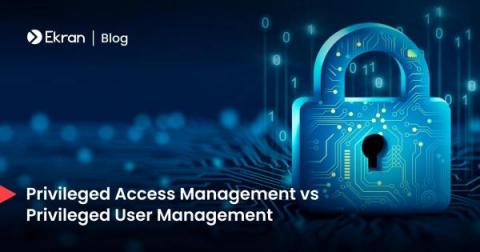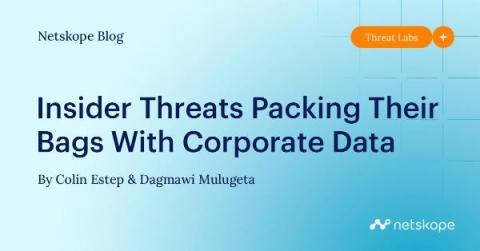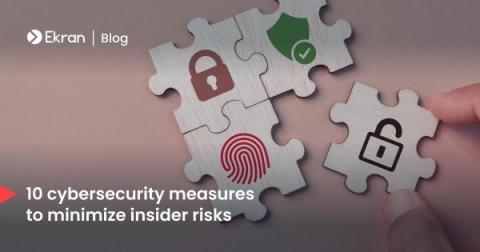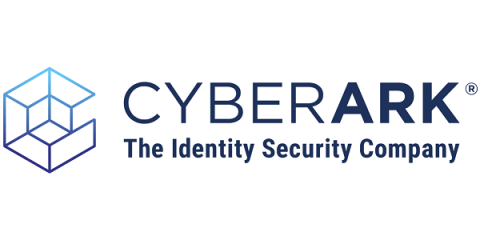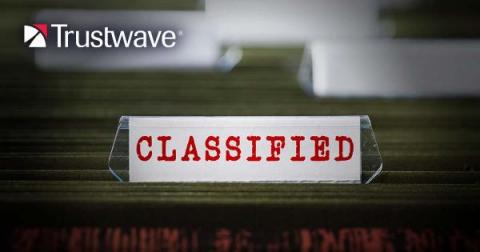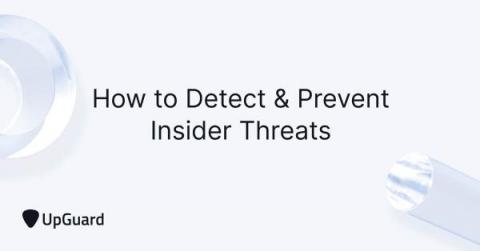Security | Threat Detection | Cyberattacks | DevSecOps | Compliance
Latest News
Top 10 Best Practices for Privileged User Monitoring
Privileged users are an essential part of any organization. However, with access to commercial secrets and to the most vulnerable parts of the corporate network, they can pose high risks to your corporate cybersecurity. For this reason, the more privileges users have, the closer they need to be monitored. Furthermore, privileged user monitoring (PUM) is a requirement of multiple laws, regulations, and data security standards including NIST 800-53, GDPR, and HIPAA.
How Can Ekran System Protect You against Infected USB Devices?
Insider Threats Packing Their Bags With Corporate Data
The insider story, whether it is a disgruntled or negligent employee, is one that is familiar to many organizations. The 2020 Securonix Insider Threat Report found that 60% of the insider threat cases they dealt with involved a “flight risk” employee, or an individual that is getting ready to leave their employment.
Your Security Guide to Insider Threat Protection: 10 Best Practices to Follow
Elizabeth Harz RSAC 2023 Interview
Elizabeth Harz, CEO of Veriato, gave an interview to ISMG at this year’s RSA Conference in San Francisco. In it, Elizabeth covers the challenges of maintaining data security in the remote or hybrid workforce environment and the rising cost of data breaches. She also discusses some of the tools and solutions and can help businesses better manage their cybersecurity challenges.
Assess Insider Threats by Asking 6 Key Questions
The people closest to your business can sometimes cause the most damage. Yet while top-secret data leaks are headline news today, most insider threats are well-intentioned people who just screw up.
Pentagon Data Leak Shows the Danger an Insider Threat Presents
U.S. officials confirmed last week that a member of the military photographed and uploaded more than 50 classified documents to a Discord server and other social media sites, again reminding us of the danger insider threats can present to any organization. According to the Associated Press, a member of the U.S. Air National Guard was arrested last week in Massachusetts in connection with the leak.


